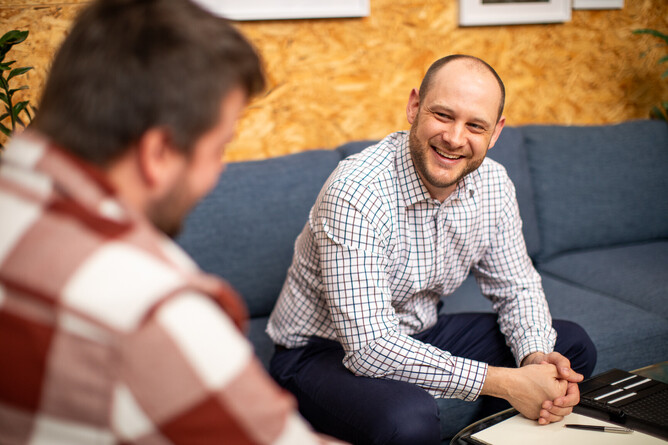All of the job management systems that we love and recommend have increasingly incorporated AI into their features. If you’ve ever felt like your software was reading your mind and anticipating your needs, it’s probably artificial intelligence helping it along.
We find that most clients welcome these AI-driven features—like ServiceM8’s AI photo tagging, or Tradify’s SmartRead which extracts details from invoices, when they’re hidden away in their beloved software platforms. However, generative AI tools like ChatGPT, Gemini, Copilot, Claude, and similar are often a different kettle of fish. Many people, business owners included, are wary of this rise of generative AI that talks to you in a suspiciously human way. However, there is value to be had from these. There’s also disadvantage to ignoring them.
We spoke to Stephen McConnachie of Think e-Learning, an ICT consultancy which provides mentoring, workshops, and guidance to clients in education and corporate fields wanting to harness tech (including AI) to their best advantage. He had some fantastic advice and thoughts for business owners feeling intimidated by these new tools and their implications.
Embracing tech advances will help you thrive in tomorrow’s world
The primary message he had was a simple one: AI is here, and there’s no putting it back in the box—so don’t stick your head in the sand! Take the time to familiarise yourself with what they can and can’t do.
Stephen suggests this can start with a proper tutu.
“Unless people have played with them a lot, they probably don’t understand how powerful they can be and what they can do… Ask it a question and elaborate: ‘this is my context’, ‘these are our values’, ‘this is our ideal client’, etc. You can bounce ideas off it.”
Knowledge of something makes it more approachable. Play around, figure out what it could help you with, and equip yourself with awareness. Stephen also gave special mention to Goblin Tools, an AI tool that’s a little less mainstream. Designed specifically for neurodivergent people, it can help you to break tasks down into simple to-dos, read a text for emotion, guess the timeframe for an activity, and more.
Organising your thoughts with the help of AI could extend to scoping out a project or preparing a proposal. It could provide a valuable assist with breaking projects down into tasks and estimating time. Remember that time estimates and other important details will always require a critical human eye on them—but it’s a place to start. Go back and forth to refine the initial output.
AI can serve as a learning coach as you grow your business
For trades business owners, the trade often comes easy. It’s the business side of things that can be tricky! Generative AI tools, with their human-like language and presentation of information, can help you to research and understand things like ACC levies, GST returns, and more. Ask it a question, then ask it to clarify or simplify. Ask it to summarise laws or requirements.
That’s not to say you can do away completely with your accountant or bookkeeper; Stephen also warns not to blindly trust the accuracy of advice produced by a generative AI tool. Always find a primary source to confirm high-stakes information! It’s also a big faux pas to enter your or your customers’ data into an AI tool, due to privacy concerns.
However, using an AI tool to research and better understand aspects of business ownership that you struggle with is a great way to extract value from them. Many people will have difficulty interpreting tax and financial information as it is presented in legislation and regulations. ChatGPT and its counterparts can package it in a way that’s more digestible, and this extends to just about any topic you need to learn about.
A prompt framework like COSTAR can help you to properly structure a query to get the most and best information from it.
Add critical thinking to an AI assist
Generative AI tools are very helpful. As a research assistant, as writing support, as a way to order, organise, and supplement your thoughts. Sometimes, it can’t take you across the line—but add your own critical thinking and you’ll be on the right track.
Stephen pointed out that in education, the people using it best are the ones who are intentionally putting AI into tasks and lesson plans but adding critical thinking on top of this. They’re using it to move from a basic answer to deeper-level thinking. For trades business owners, this critical thinking, born from experience and expertise, is the value they can add.
For example, imagine the query “how do I build a deck?”. AI might give an answer, but for many, the carry-through is out of reach. DIY hasn’t put tradies out of business yet! ChatGPT and other programs might encourage people to do more DIY, but this opens up space for experienced and knowledgeable tradies to shine. Builders might get more in-depth leads, more qualified leads, more requests to fix mistakes!
Keep sight of your own voice
With too much AI incorporated into your business, your writing, and your communication, it can be easy to lose sight of what it’s doing and why it’s doing it. Currently, AI-generated text is still fairly easily recognisable and information contained within is not guaranteed to be accurate. Use it, but ensure you keep an oversight of how it’s being used, why it’s being used, and that it’s being checked by human eyes.
AI can be a big helper for business owners, even in the trades. Most have already taken advantage of what job management software can offer, and generative AI is just another step along the way. We hope that Stephen’s insight helps you to be ready to meet it head-on!
If you’re a company or educational institute wanting to effectively deploy AI (and other digital changes) in your organisation, be sure to contact Stephen at Think e-Learning—he offers mentorship, professional development, CliftonStrengths coaching, and strategy, all supported by many years of experience and research in the field. He’s a business owner himself, and he knows the struggle!
Of course, if job management software is the tech you’re looking for, get in touch with the FreeUp team.



